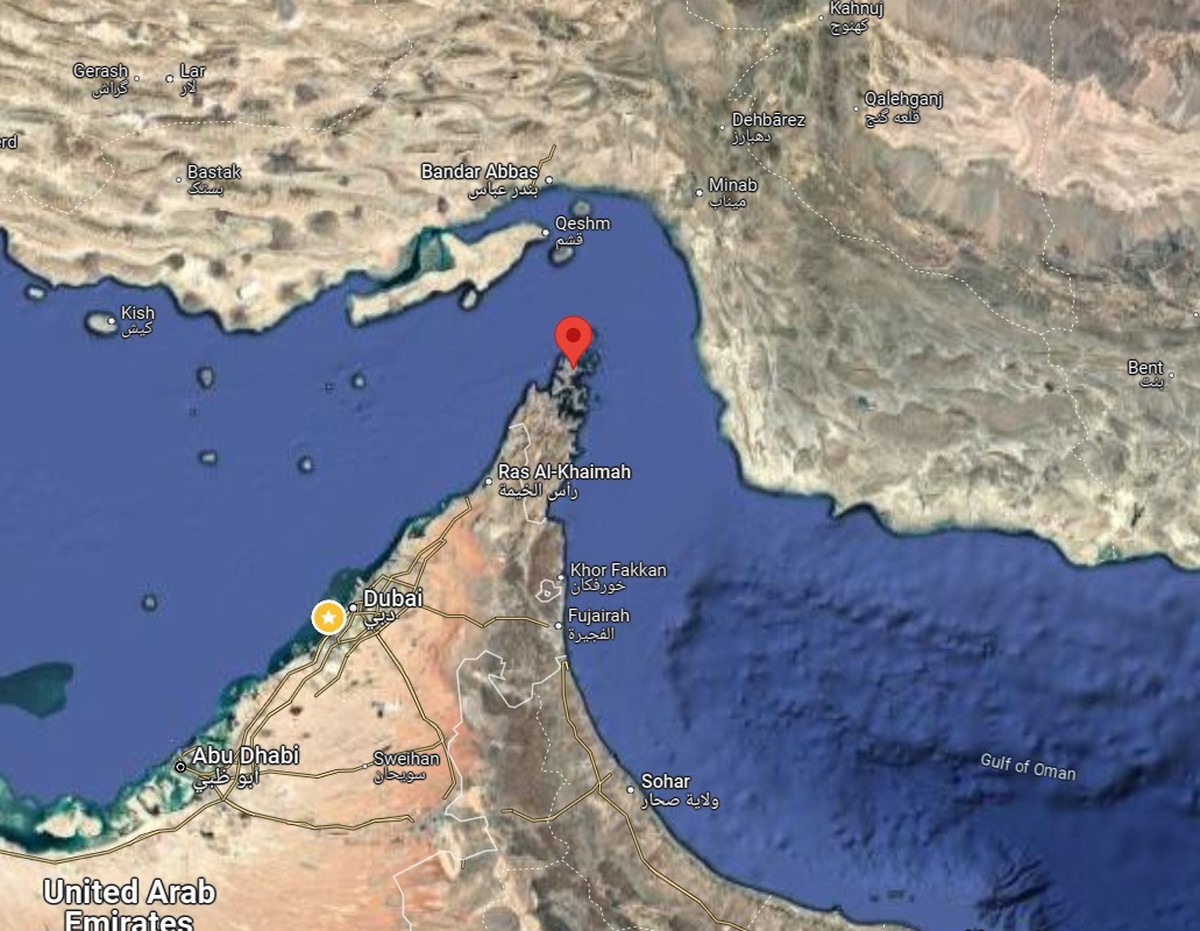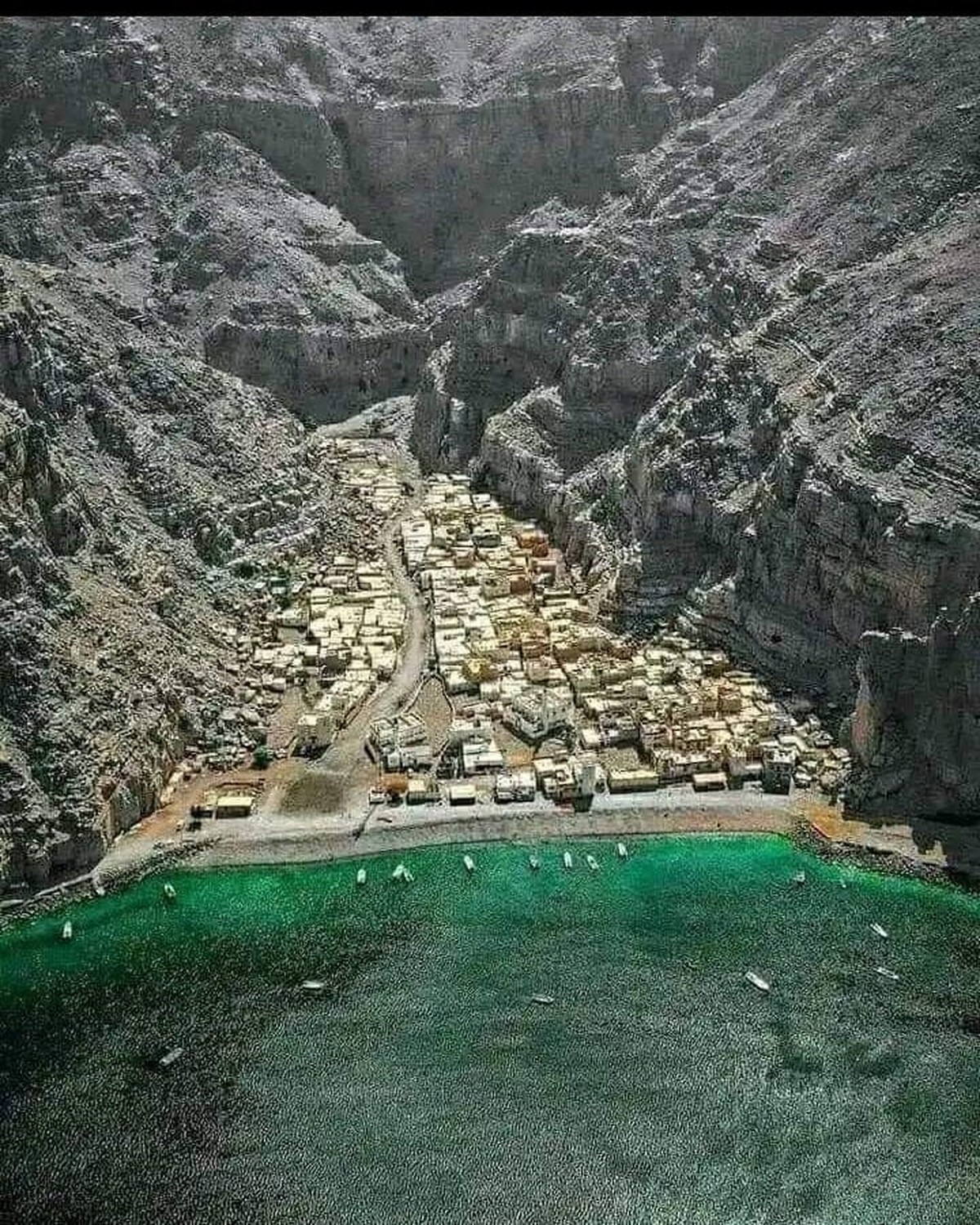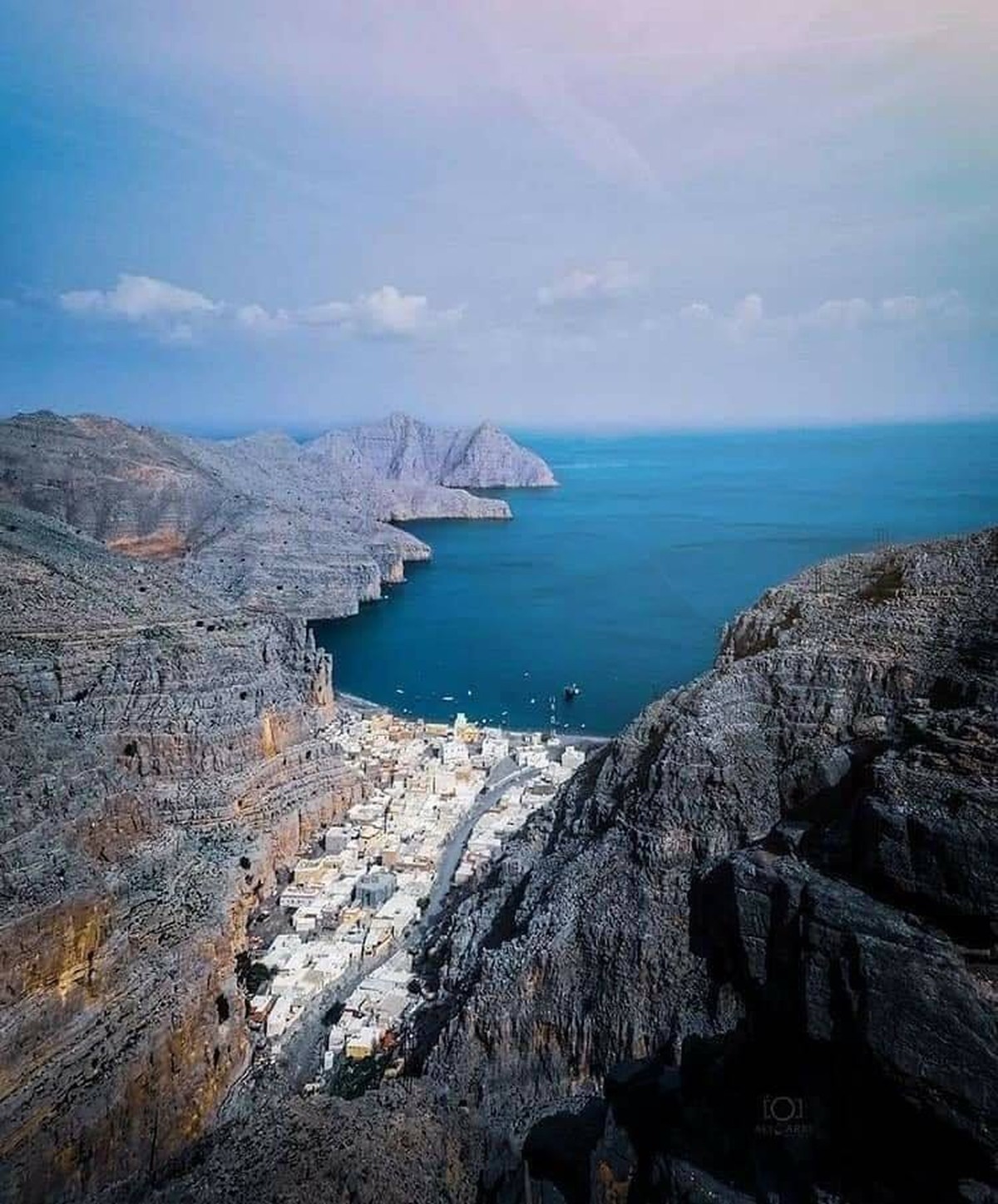12/11/2024
12/11/2024

Kumzar can only be reached by sea or helicopter
MUSCAT, Nov 12: Kumzar, a small fishing village located at the northern tip of Oman near the strategic Strait of Hormuz, has developed a distinct identity due to its unique location. This isolated settlement, only accessible by boat, has cultivated its language called Kumzari, which is a blend of 45 different languages.
The Kumzari dialect incorporates elements from various languages, including Arabic and Farsi from the Middle East, as well as European languages like French, Portuguese, and English. Khalid Al Kumzari, a local student and resident, explains that some words in Kumzari are similar to English, such as “door,” which remains “door” in Kumzari, and “off rain,” meaning to stop the rain.

Origins of Kumzari
The origins of Kumzari are shrouded in mystery, but several theories exist. The village has long been a strategic point for empires vying for control of the Strait of Hormuz, a key route for world trade to the Arabian Gulf. Over centuries, sailors from different parts of the world stopped in the village to collect water, and it is believed that the locals absorbed their languages. According to Mohammad Al Kumzari, a resident of the village, "People used to come to the village of Kumzar through the Hormuz Strait... to stock up on water using this well here."
Some villagers believe Kumzari may have also been used as a secret code among sailors to hide their activities from rivals.

The Future of Kumzari
Today, Kumzari is spoken by around 4,000 people in the village. However, UNESCO has classified the language as "seriously endangered," with experts predicting it could disappear within the next 50 years. This is part of a broader trend, as approximately 2,500 languages worldwide are at risk of extinction, often due to the erosion of local cultures.
Despite this, Kumzar’s population has been growing, largely due to high birth rates. The village's population increases by approximately 300 people each year, offering hope to residents like Khalid and Mohammad that their unique language may endure for generations to come.


